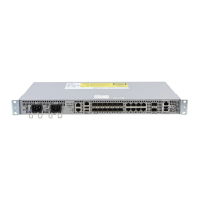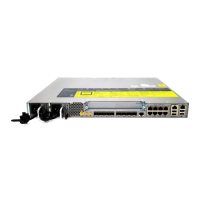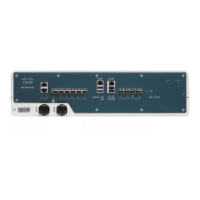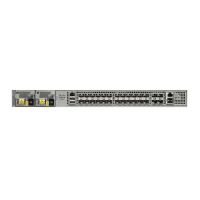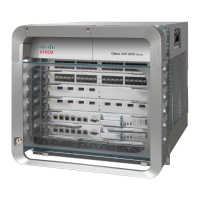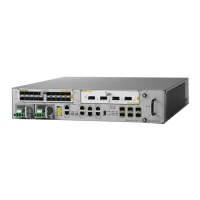•
On a Cisco ASR 920 Series router in egress, 1R2C means confirm-action transmit and exceed-action
drop. By configuring exceed-action transmit on egress will drop those packets.
•
On a Cisco ASR 920 Series router, Class-Based Policing can monitor Cisco Express Forwarding (CEF)
switching paths only. In order to use the Class-Based Policing feature, Cisco Express Forwarding must
be configured on both the interface receiving the packet and the interface sending the packet.
•
On a Cisco ASR 920 Series router, Class-Based Policing cannot be applied to packets that originated
from or are destined to a device.
•
Class-Based Policing can be configured on an interface or a subinterface.
•
Class-Based Policing is not supported on the following interfaces:
•
Fast EtherChannel
•
PRI
•
Any interface on a Cisco ASR 920 Series router that does not support Cisco Express Forwarding
•
Tunnel
Class-Based Policing is supported on tunnels that are using the Cisco generic routing encapsulation (GRE)
tunneling protocol.
Note
Prerequisites
On a Cisco ASR 920 Series router, Cisco Express Forwarding (CEF) must be configured on the interface
before Class-Based Policing can be used.
Configuration Tasks
Configuring Traffic Policing
PurposeCommand
Specifies a maximum bandwidth usage by a traffic
class.
The Class-Based Policing feature works with
a token bucket mechanism. There are
currently two types of token bucket
algorithms: a single token bucket algorithm
and a two token bucket algorithm. A single
token bucket system is used when the
violate-action option is not specified, and a
two token bucket system is used when the
violate-action option is specified.
Note
Device(config-pmap-c)# police bps burst-normal
burst-max conform-action action exceed-action
action violate-action action
QoS: Policing and Shaping Configuration Guide (Cisco ASR 920 Series)
3
Class-Based Policing
Prerequisites
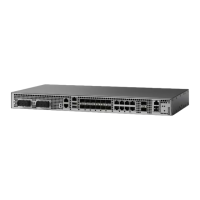
